Old Masters meet new methods
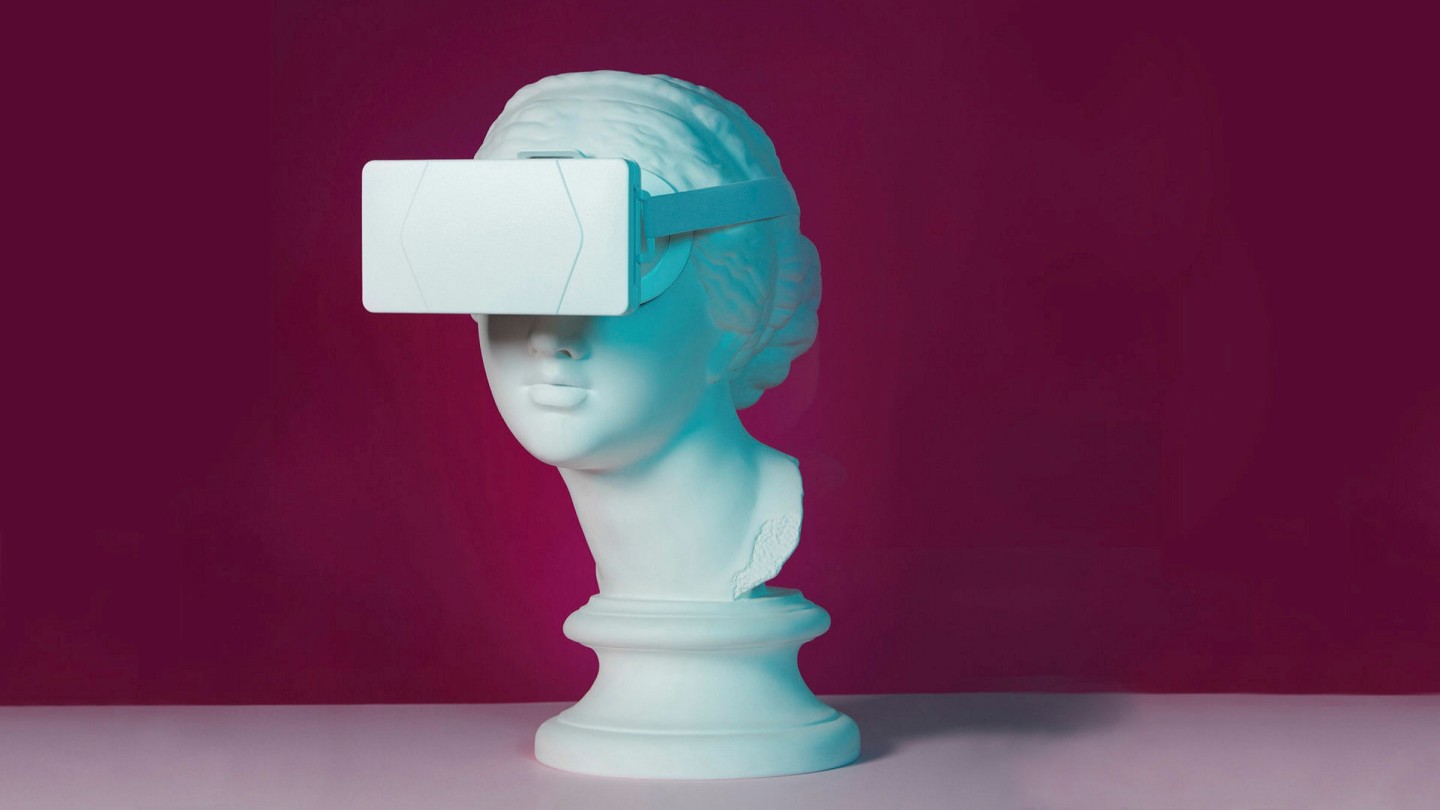
Roula Khalaf, Editor of the FT, selects her favourite stories in this weekly newsletter.
Of all works of art to sell digitally, the most challenging are those where condition is critical and not necessarily apparent in an image. As a result, dealers in older art — and especially in Old Master paintings, drawings and sculpture — are having to develop new strategies for engaging with their clients online and through social media, as well as harnessing technology to bolster old-fashioned salesmanship.
“It is all a matter of having the imagination to see the opportunities,” says Andreas Pampoulides, co-director of Old Master paintings and sculpture dealer Lullo Pampoulides and a first-time Frieze Masters participant. As Jonathan Green, chief executive of the family dealership Richard Green, says, “We have all been on a steep learning curve.”
“Closing our two galleries on Bond Street on March 23 was pretty emotional,” says Green. “We reopened as soon as we could, which was good for the morale of staff and essential for rebuilding our website and expanding its content.” Like many galleries that offer a broad range of works of art, the company has long sold 19th-century and Modern British art online, but not Old Masters. “You really have to look at Old Master paintings, and if they are small cabinet pictures, you have to be able to hold them too.”
Overcoming this fundamental problem also exercises Old Master and modern drawings specialist Stephen Ongpin. “We have to find ways of bringing our stock to a wider audience who we cannot expect to see in the foreseeable future, and to find some way of giving people the confidence to buy works sight unseen,” he says. “We had already decided to upgrade and add new features to our website, which was not easily viewable on a smartphone. Covid sped that along.”
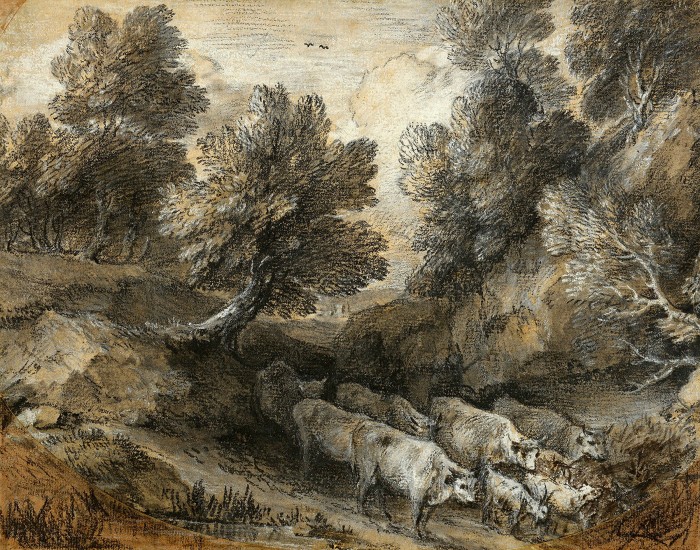
In all projects — from online catalogues to virtual tours of gallery and fair displays, and videos of individual works — Ongpin has committed to very high-resolution images which have been colour-corrected several times to ensure accuracy in terms of colour and tone. His gallery is also using its new website for mini exhibitions of a type normally reserved for art fairs: “Having over 400 drawings in stock enables us to feature regular ‘In Focus’ thematic shows, archived on the website.” To enhance the appeal of the drawings digitally, the gallery is now presenting them framed.
Presentation is also a focus for arms and armour dealer Peter Finer. “As well as involving ourselves in different platforms, Art City among them, we have uploaded videos showing how we decorate the shop and our fair stands to inspire people to think about how they might show pieces at home,” says Redmond Finer. “I have never spent so much time taking photographs and videos, and our website has never been so up-to-date and full of new material.”
“Digital is here to stay,” asserts Jorge Coll, chief executive of historic London dealer Colnaghi, founded in 1760. “We have been using a range of online and social media channels, and every one of them can send a different message if you use it correctly. For us, it is all about opening up channels of communication and creating relationships. This is not a one-way street. Communicating with our clients allows us also to gather information about what interests them.”
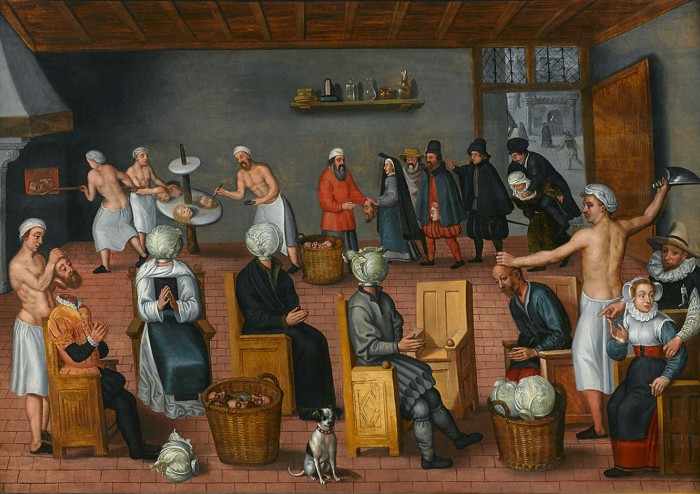
The gallery is also looking to its past to forge its future. “We looked at what happened during the two world wars and the Spanish flu pandemic of 1918-20. The lines of communication between Europe and the US were open and Americans were buying important and expensive works, and if you look at the Frick Collection and the National Gallery of Art, you see they did a pretty good job, and that was all done through letters and black and white photographs. Now we have so much more information, technical and art historical, and all the facts necessary to make decisions.” He adds, “I also realised during lockdown that I do not need to travel the whole time. I can organise the teams in London, Madrid, New York and Venice more efficiently through Zoom meetings.”
Robilant + Voena, an Old Master, modern and contemporary art dealer with galleries in London, Milan, St Moritz and — since the summer — Paris, has been working with various platforms, including art fair and auction house initiatives. By far the most effective in terms of sales and rekindling relationships, however, has been the new content on its own website.
“We started to place significantly more material online, including a series of films as well as catalogues relating to our own gallery shows or museum exhibitions,” says Edmondo di Robilant. These “Looking Closely” videos have as starting points anything from a rediscovered portrait of “Italy’s First Diva”, the actress Flaminia, by the 17th-century Milanese artist Giulio Cesare Procaccini, to a bronze crucifixion group by Pietro Tacca.
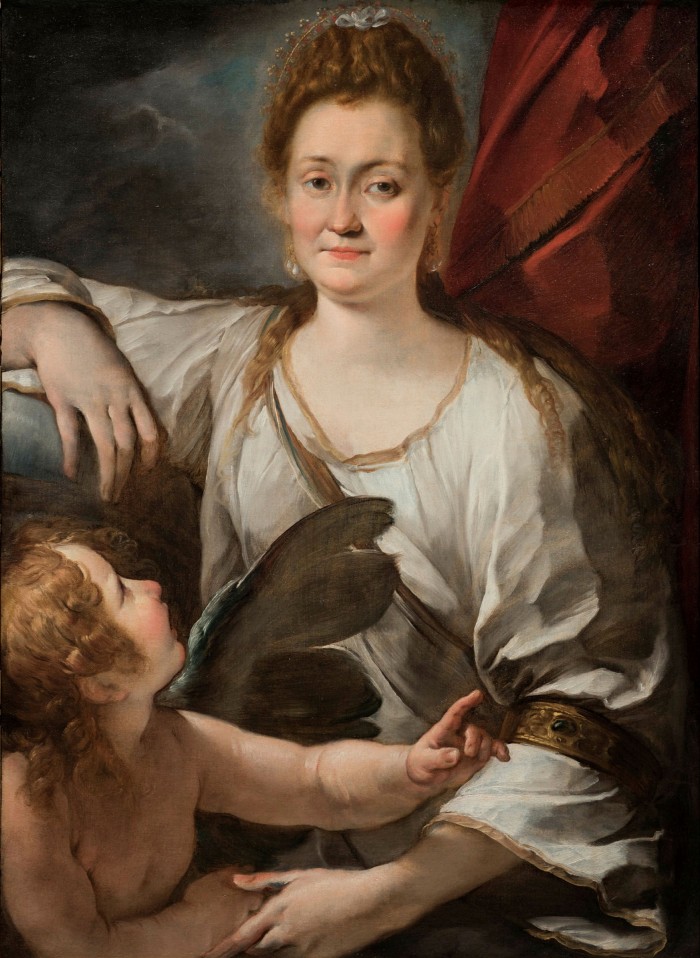
The primacy of the object’s physical presence is also acknowledged by Erin Donovan of Dr Jörn Günther Rare Books. “Holding an early book is seductive,” she says. “It has its own allure and energy, smell and feel. You see the power of the colour, the flash of the gold. Yet we can communicate something of that experience digitally, and most powerfully through video.” The dealer has been fortunate — or prescient — enough not to have had to play catch-up. Three years ago, the team spent six months developing a platform with Artlogic that was attuned to its specific needs and allowed it to add contextual material in different formats. Over the summer, an online shop was added for catalogues and lower priced art works, also selling from the video tour that replaced its cancelled summer exhibition in Basel.
“After Tefaf Maastricht in March, the situation looked apocalyptic,” says Andreas Pampoulides. “Definitely there is need now for galleries to be more creative, to collaborate with one another and with big brands like Frieze.”
After the lease on the Lullo Pampoulides’ premises in Cork Street expired, Danny Katz offered the dealer the use of his ground-floor galleries at 6 Hill Street. For its Frieze Masters debut, artist friends introduced Pampoulides to video artists and cameramen. “We are seeing these short video clips like television commercials, recreating the moment of walking on to a stand and, hopefully, falling in love with something. We offer 30 seconds on why something is worth looking at,” he says.
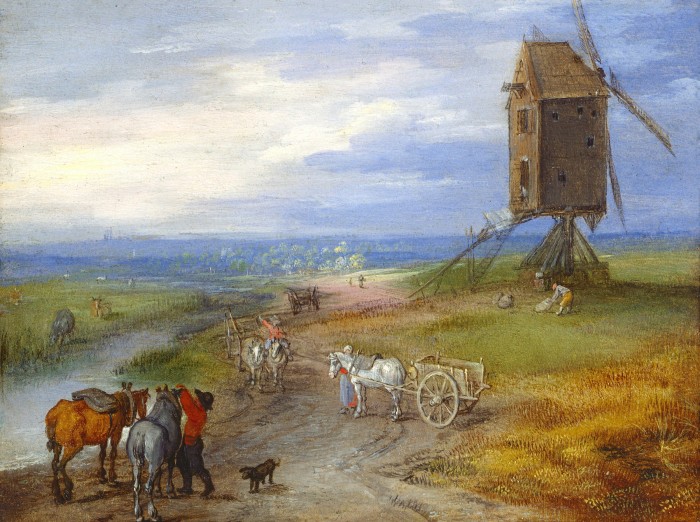
Veteran Dutch Old Master paintings specialist Johnny Van Haeften has commissioned videos that mirror how he would explain a picture to a client standing in front of him, injecting his characteristic humour into the proceedings.
Perhaps the most striking aspect of this year’s Frieze Masters is that it will be a hybrid event. According to artistic director Nathan Clements-Gillespie, most exhibitors will also be presenting the 18 or 36 works of their virtual displays in their galleries. These are not only London spaces. Gisèle Croës, who specialises in Early Chinese works of art, for instance, is presenting her selection by appointment in Brussels, including the anthropomorphic Neolithic pottery tripod ewer chosen for the fair’s “Forever” section, curated by Norman Rosenthal (€18,000). Peter Finer similarly flourishes the section’s carved heraldic coat of arms of Henry VIII (£440,000). Colnaghi’s exhibition and Viewing Room exhibition, Dreamsongs: from Medicine to Demons to Artificial Intelligence, which examines how dreams have been depicted in art from antiquity to the present day (£20,000-£2m), is particularly ambitious.
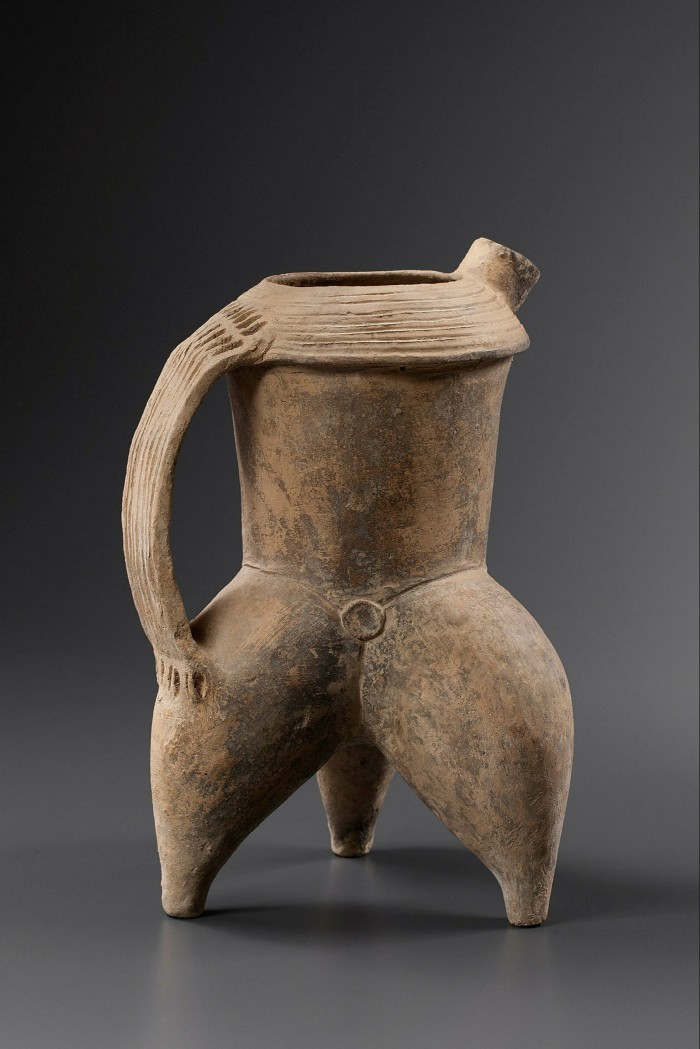
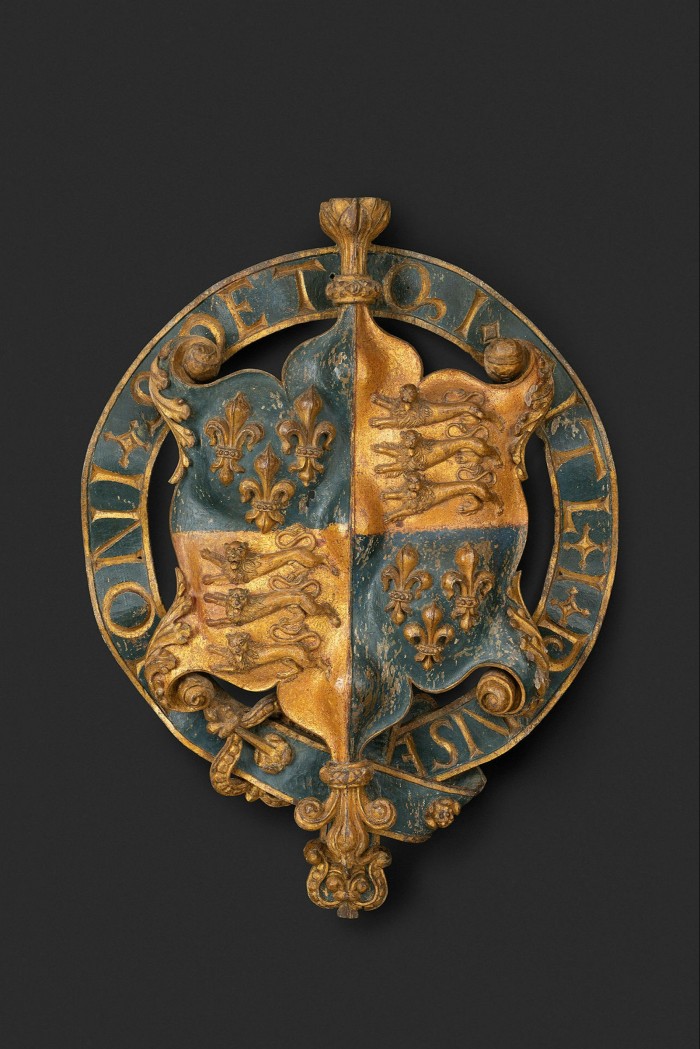
“Frieze Viewing Room is the first online fair platform purpose built from scratch to present older works of art, and I think people will see different things and see them differently,” says Clements-Gillespie. And they cannot but notice how relatively little some of these rarities cost. “I think contemporary art collectors seeing the displayed prices will be astounded.”
frieze.com/fairs/frieze-masters

Comments